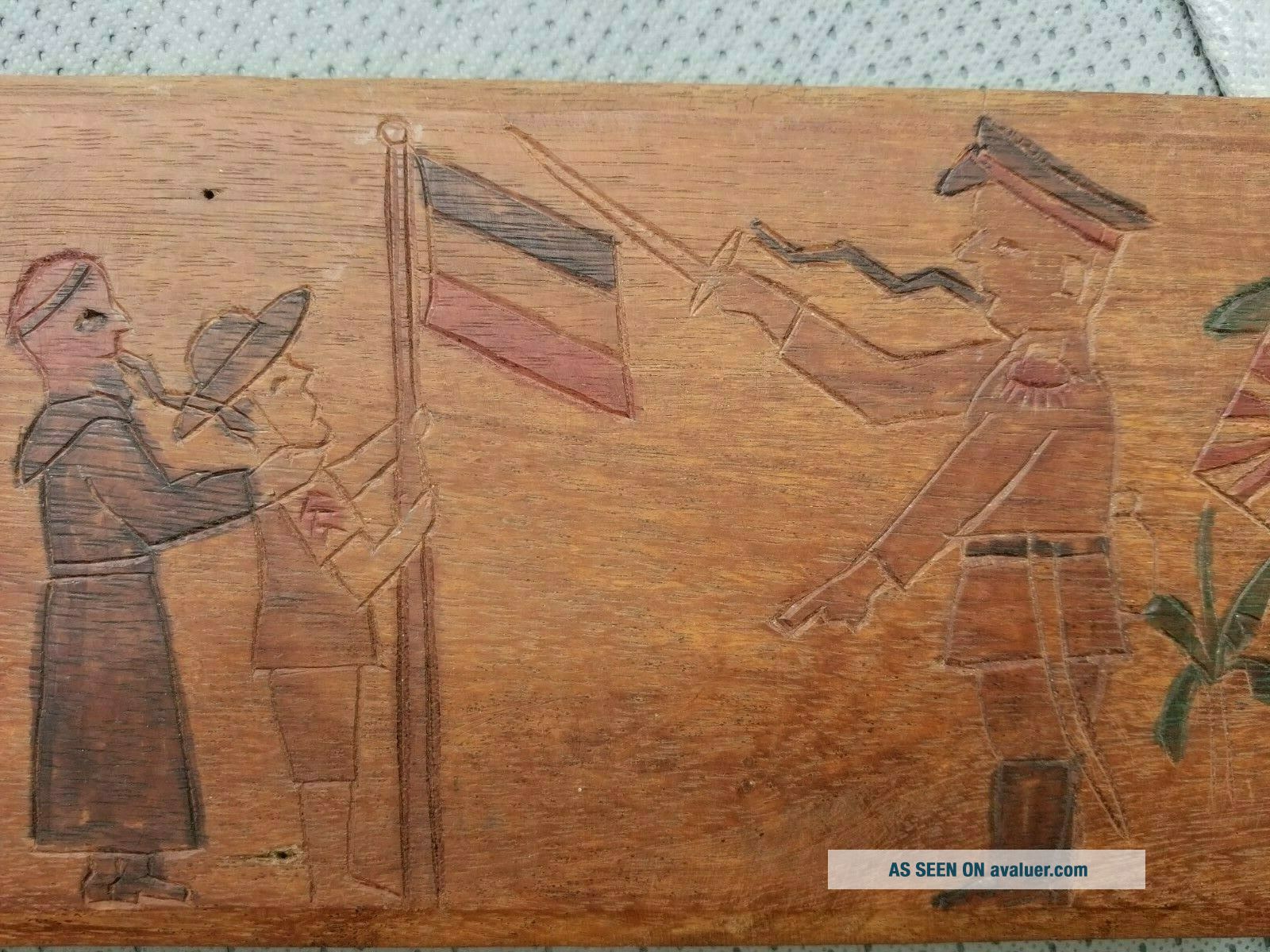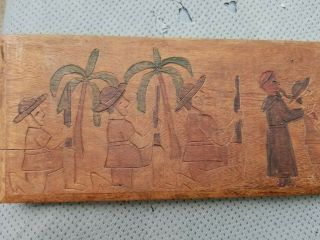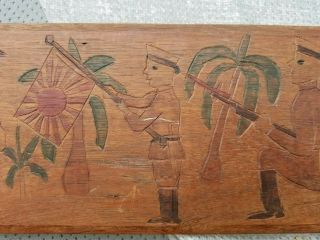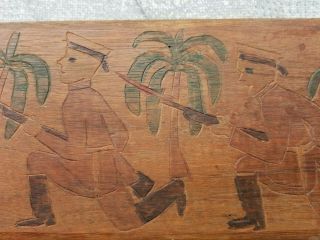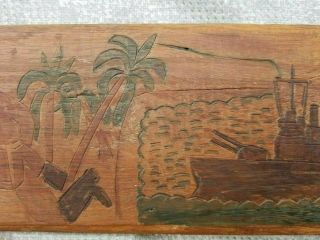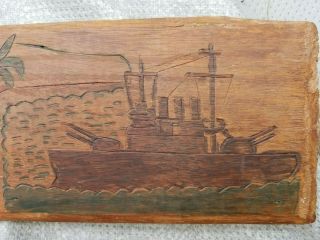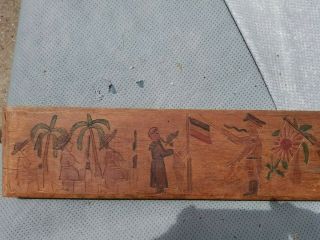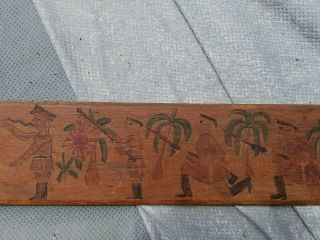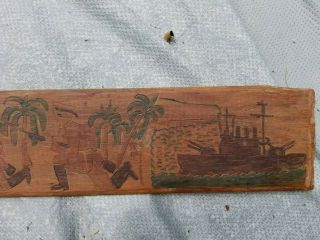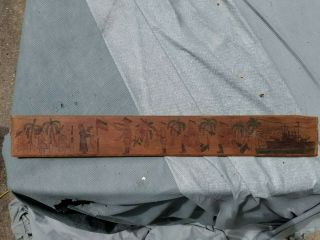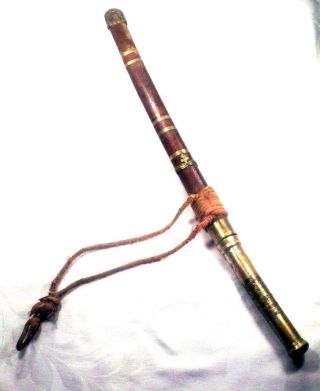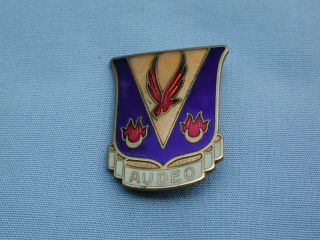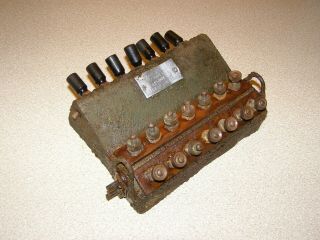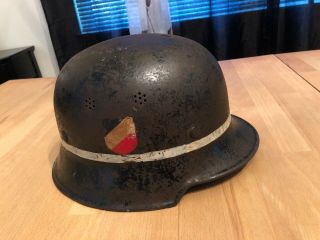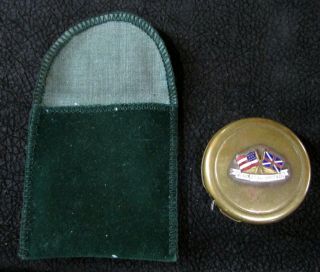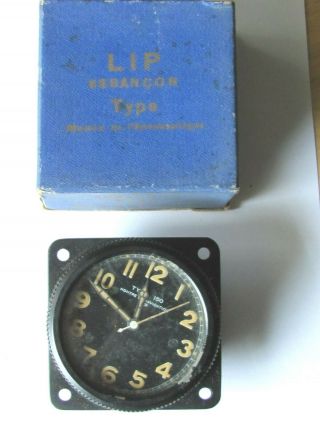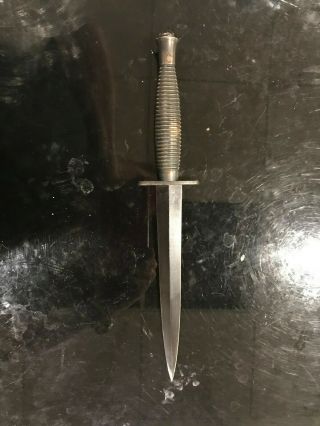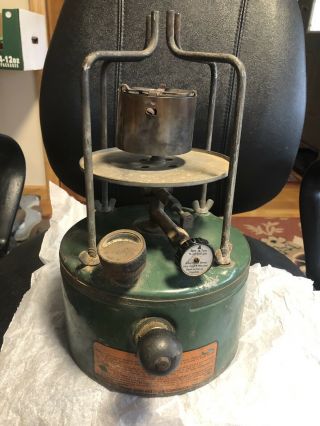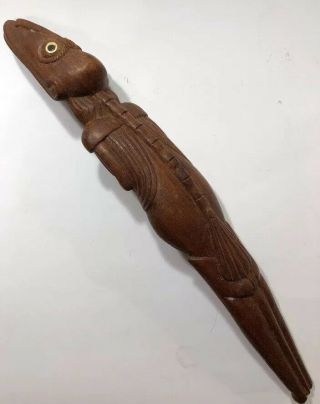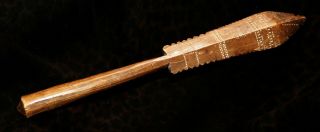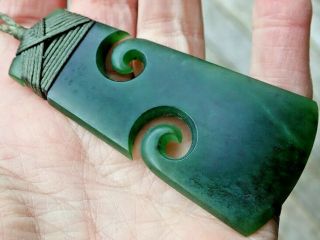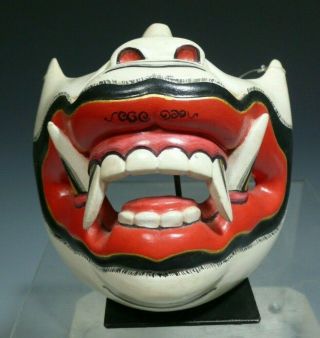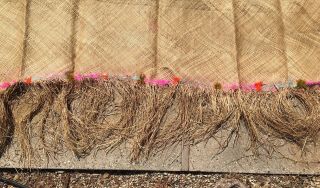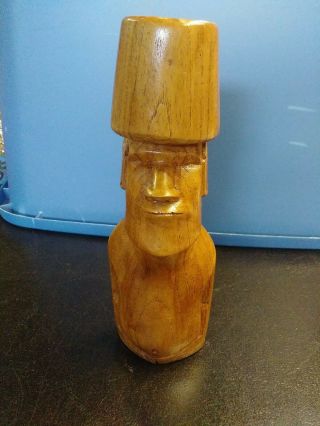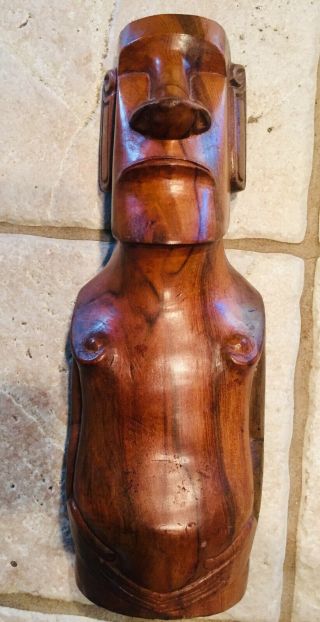/ PALAUAN STORYBOARD / MICRONESIA / RARE WW II COLORED PICTOGRAPH
Item History & Price
| Reference Number: Avaluer:4273930 | Handmade: Yes |
| Country/Region of Manufacture: Palau | Modified Item: No |
| Provenance: MADE FOR THE CREW OF MY FATHER'S SHIP IN 1944 |
Background:
The Mariana and Palau Islands campaign, also known as Operation Forager, was an offensive launched by United States forces against Imperial Japanese forces in the Mariana Islands and Palau in the Pacific Ocean between June and November 1944 during the Pacific War. The United States offensive, under the overall command of Chester Nimitz, followed the Gilbert and Marshall Islands campaign and was intended to neutralize Japanese bases in the Central Pacific, support the Allied drive to retake the Philippines, and provide bases for a strategic bombing campaign against Japan.Beginning the offensive, United States Marine Corps and United States Army forces, with support from the United States Navy, executed landings on Saipan in June 1944. In response, the Imperial Japanese Navy's combined fleet sortied to attack the U.S. Navy fleet supporting the landings. In the resulting aircraft carrier Battle of the Philippine Sea (the so-called “Great Marianas Turkey Shoot”) on 19–20 June, the Japanese naval forces were decisively defeated with heavy and irreplaceable losses to their carrier-borne and land-based aircraft.U.S. forces executed landings on Guam and Tinian in July 1944. After heavy fighting, Saipan was secured in July and Guam and Tinian in August 1944. The U.S. then constructed airfields on Saipan and Tinian where B-29s were based to conduct strategic bombing missions against the Japanese mainland until the end of World War II, including the nuclear attacks on Hiroshima and Nagasaki.In the meantime, in order to secure the flank for U.S. forces preparing to attack Japanese forces in the Philippines, in September 1944, U.S. Marine and Army forces landed on the islands of Peleliu and Angaur in Palau. After heavy and intense combat on Peleliu, the island was finally secured by U.S. forces in November 1944.Following their landings in the Mariana and Palau Islands, Allied forces continued their ultimately successful campaign against Japan by landing in the Philippines in October 1944 and the Volcano and Ryukyu Islands beginning in January 1945.
The Japanese presence made Palau a major target for the Allied forces in World War II. Peleliu was a scene of intense fighting between American and Japanese forces in 1944. The battle ended in an Allied victory but at a high cost for both sides. Indeed, the world history recognizes the high cost of dead soldiers from both countries but totally ignored the numbers of dead innocent islanders who never asked to have countries come fight on their small island disrupting the peaceful life they enjoyed for centuries before history books states that these islands were discovered (It would be great acknowledgement to note that Palau was never lost as it was always there in the first place). At the end of the Pacific War, less than five thousand Palauans were left alive with many Palauan families adopting Japanese children into their midst (those refused passage back to Japan as they were too young, and it was dangerous to travel). All surviving Japanese were repatriated after the end of the war. There are still about 100 American servicemen listed as Missing In Action in Palau. Starting in 1993, a small group of American volunteers called The BentProp Project has searched the waters and jungles of Palau for information that could lead to the identification and recovery of these remains.
The Palauan StoryboardsFrom Traditional Architecture View PDFThe Palau Archipelago is the Westernmost group of islands in the Western Carolines (Trust Territory of the Pacific Islands), just north of the equator and 500 miles east of Mindanao. Archaeological data suggest that Palau’s location, tropical climate and rich sea life may have attracted settlement as early as 1800-1500 B.C. Since that time, Palau has been augmented by people, ideas or artifacts from Melanesia, Indonesia, Malaysia and the southern Philippines. By the time of initial Western contact (1783), Palau was described as a highly stratified society divided into competing, warring confederacies of shifting alliances.As tourism has steadily increased in the Pacific, the storyboard has been among the Palauan handicrafts to tell a traditional story in pictographic and representational form. It is also a modern descendant of traditional architectural forms: the curved beams and gables of the bai, a men's clubhouse which traditionally formed the social nucleus for males in the Palauan community. These men’s clubs formed a ready source of labor upon which a high chief could call for both warfare and community construction projects. The number of bai in a village reflected its power, prestige and wealth since a bai was purchased and not constructed by its own members. A bai was usually prefabricated by the builders and then moved to the site of the purchasing village. Being able to afford to pay for the construction of an elaborate bai showed the club was successful in warfare and in amassing Palauan currency, the two major preoccupations of men. An important village would have from three to six bai. Clubs were ranked within a village, and seating within a bai was also by rank. Males were recruited into a club in early childhood, and the bai was the center for a man’s activities throughout his lifetime.The gables and interior tie beams were artistic mnemonic devices to recall myths or events important to a local club or village. Each beam was approximately fifteen feet long and a foot wide, telling a complete story on one side. There were approximately eight beams in a bai, and many beams were decorated on both sides. From six to twenty scenes might be depicted in a composition, thus permitting a pleasing repetition of the common motifs of people, houses, canoes and trees, with zigzag lines representing speech. The length of the beam permitted the scenes to convey a strong feeling of action and movement. Stories were intended to influence behavior—some might stress punishment while others show the rewards that come from bravery or good conduct. As the legends were known only to certain chiefs and elders, they selected the stories. The selection of stories to be depicted and of symbols to be used was considered by Palauans to be the most creative aspect in bai decoration since the gables and beams were visual statements of the values, histories, exploits and virtues of a particular club or village. The stories having been selected, boards were sketched by a master artist and then delegated to other workmen to be incised and painted.The transition from a story depicted on a bai beam or gable to a small portable board for export came about during this period. This innovation can be traced to one individual, Hisataku Hijikata, a Japanese artist and folklorist who came to Palau in the 1930’s to study art and culture. Older carvers still remember Hijikata and credit him with “teaching us how to make the board small.” One student of Hijikata recalled how his teacher held classes in villages on Babelthuap Island and in the district center of Koror. Hijikata, well accepted by Palauans, requested the elders to sketch stories. He then took these sketches to his students and told them to copy them on wood, making one copy per day until they had mastered their technique. Legends and myths were thereby moved from the realm of private knowledge into the public marketplace. This master artist was regarded as a purist, insisting that his students adhere strictly to the simple lines and colors of the beams and gables. It is reported that boards produced under his direction were difficult to distinguish from the original beams. Hijikata taught his students only approximately twenty of the several hundred stories depicted on beams, and many carvers are still reluctant to do boards other than those they learned from him.Price is determined by the square inch rather than by the space required in which to depict or represent a story. Perhaps for this reason, while carvers maintain they can carve any story, only a few themes repetitively appear on boards (although a different story might have been requested)—the breadfruit legend, the history of Yapese coming to Palau to mine limestone for their currency, the story of two ill-fated lovers (Surech and Dulei), and several versions of legends of deceived husbands. Not all legends can easily be compressed into a small board. A board made for the Museum in the “old style” by the master artist who sketched the Palau Museum bai beams depicts an upturned canoe in a taro swamp, and this can suggest two different stories.



